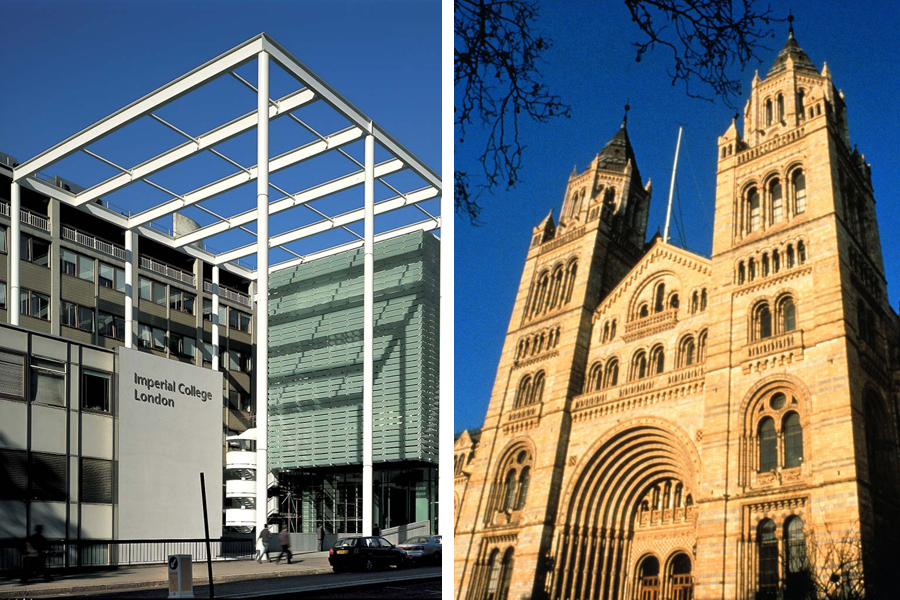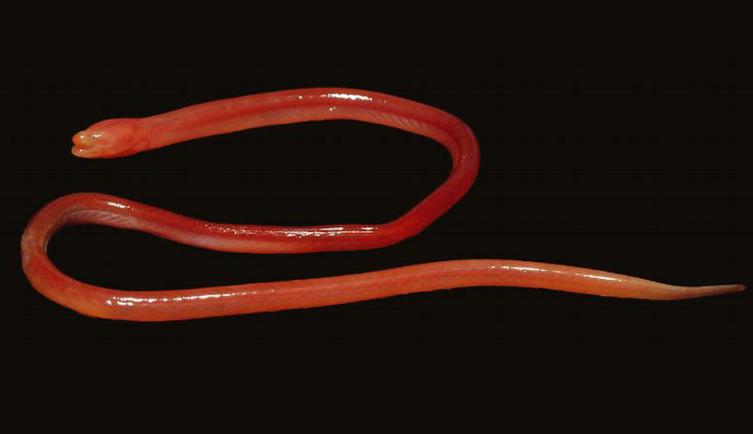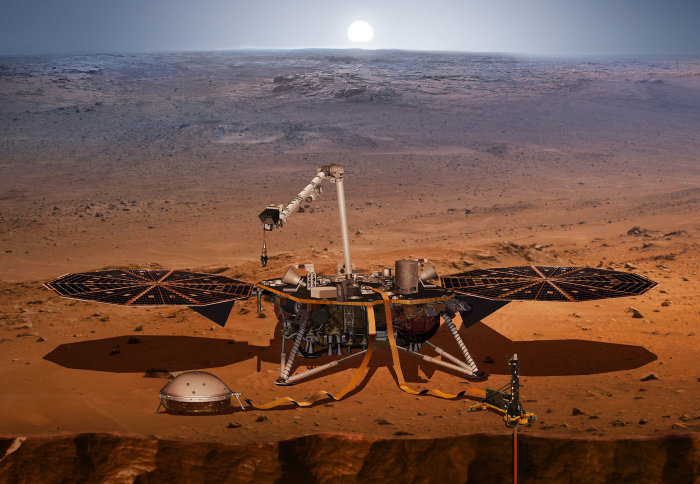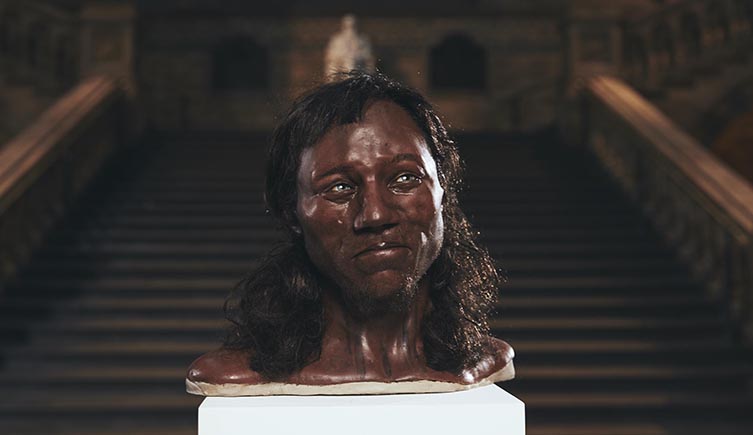
Not only is South Kensington full of incredible visitor attractions it is also a world-renowned hub for scientific research. Two of our members – Imperial College London and the Natural History Museum have a vast research output. We round up some of their research from the last year that we think you'll enjoy.
The Natural History Museum, owning over 80 billion specimens, has one of the foremost collections of fauna and flora in the world. In 2018 researchers working in the museum identified a whopping 272 new species. The new species were identified in the field as well as from the museum's existing collection. Among the most extraordinary finds was this hot pink, blind, swamp eel. This unusual looking eel, found in India, is classified as a fish but doesn't live in water! Instead it burrows into damp rainforest soils.
Find out about the other new species here.
Staying within the blind worm-like creature category, Imperial College researchers worked on a study that resulted in the Madagascan blindsnake being put on the EDGE of Existence program. The program lists 100 endangered reptiles that are evolutionarily unique. It is recommended that reptiles on this list become a conservation priority since there aren't enough resources to conserve all species.
One of the biggest stories of last year was the successful landing of the NASA InSight probe on Mars. Professor Tom Pike from Imperial’s Department of Electrical and Electronic Engineering is part of the Mars Insight team. The Imperial team designed and made silicon sensors, currently on board the probe, which detect earthquake activity below the Martian surface.
Imperial also made history by helping create the European Space Agency's Service Oriented Spacecraft Magnetometer which 'piggybacked' into space on a South Korean satellite. Piggybacking is useful because it saves time, money and resources sending the device up on a mission that is already planned rather than planning a new one. The device will help monitor space weather around Earth – the interaction between the solar wind and the Earth’s protective magnetic bubble. Extreme space weather events, such as solar flares from the Sun, can cause disruption to satellites and affect power grids on Earth.
The Imperial team is now building a new space weather magnetometer for the RADCUBE CubeSat which will launch in 2020. Watch this space!
Researchers at Imperial College have made several important breakthroughs in understanding cancer. Investigators found that a mysterious protein called Yin Yan 1 could be responsible for breast cancer tumours becoming unresponsive to chemotherapy. These proteins are thought to drive a tumour's shape shifting activity that makes it hard to treat. Giving hope for treating similarly resistant brain cancers researchers have identified how a special type of virus tethers itself to the outside of a host cell. This virus, part of the Human adenoviruses, could potentially be manipulated to target and kill cancerous cells and be an effective treatment. Some more advancements in cancer research can be found here.
Imperial College made history in November 2018 with the world's first holographic lecture at a university. Imperial Business School, working with the university's Edtech Lab and Toronto based AHRT Media, beamed in researchers from New York and Los Angeles. The incredible benefit to this technology is that the audience can interact with the hologram in real time and the person being beamed in can see the audience as well. The technology revolutionises teaching as a lecturer can teach several classes at the same time all over the world. We're pretty sure Star Wars did it first though...
Cheddar Man, Britain's oldest complete skeleton of a human, was given a more accurate makeover by researchers at the Natural History Museum in February 2018. Thought to have lived around 10,000 years ago new DNA evidence pointed to him having dark skin and blue eyes. Earlier models of Cheddar Man have had a pale complexion. The skeleton was found in 1903 in Gough's Cave in Cheddar Gorge, Somerset - hence the name. This groundbreaking discovery gives a good indication of the way the European population looked at the time - not how people might expect!
Find out details here.
A robust international study, that researchers at Imperial College were involved, has been widely reported on. It found that there are no safe levels of alcohol consumption. Any benefits of alcohol for example, for heart disease, are significantly offset by the costs, for example a higher risk of cancer. Denmark had the highest percentage of drinkers at over 95% of the population. Pakistan on the other hand has the lowest percentage with only 0.5% of the population drinkers. They also found that UK women were in the top ten highest consumers with three alcoholic drinks per day.
You can find more fascinating stories from Imperial College here and from the Natural History Museum here.






